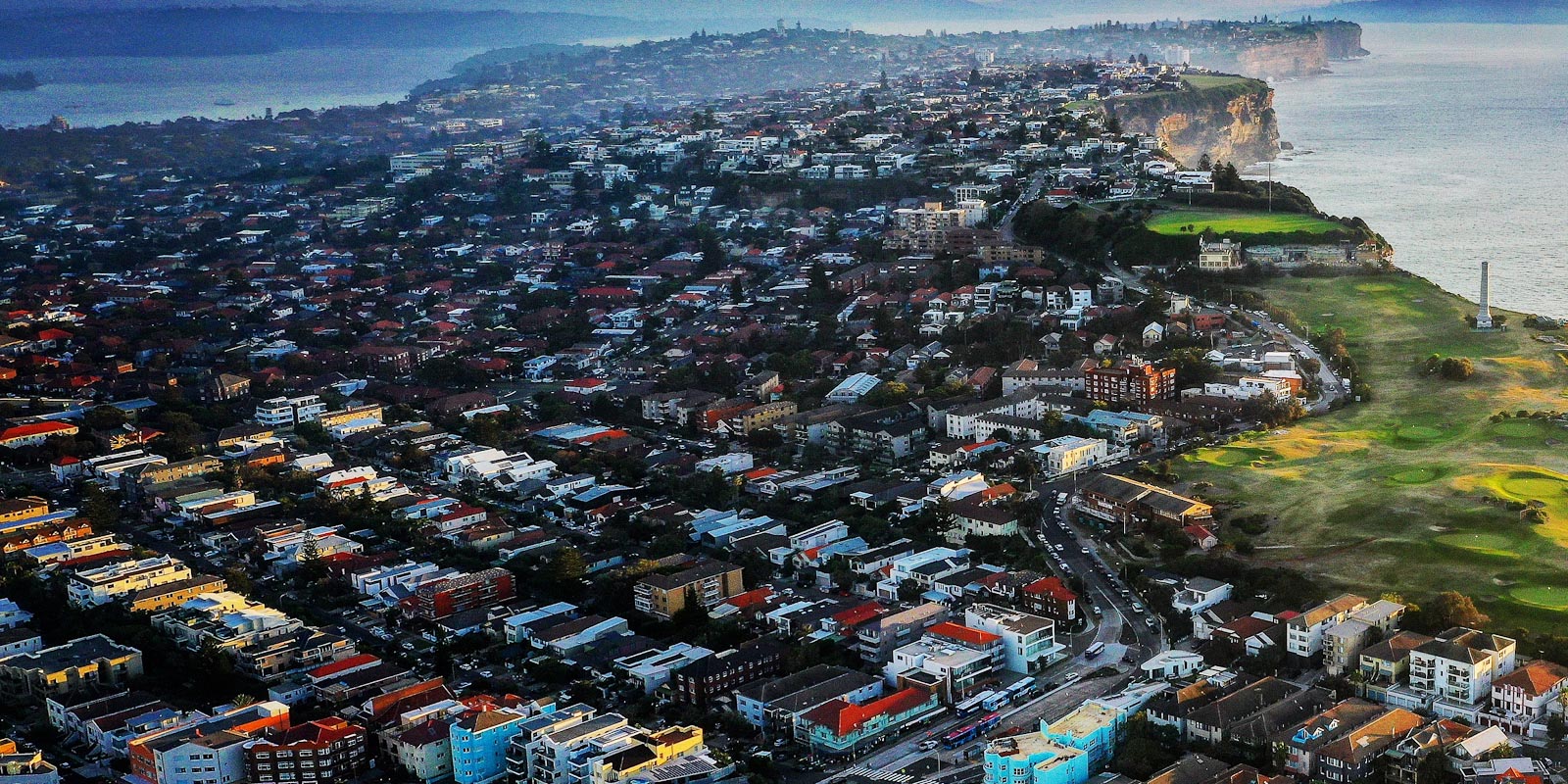
Cities and towns are interesting places for children to live and visit. Children may enjoy learning about their own community or a city that's much larger and busier than their own.
Early childhood educators can incorporate cities and towns into the Early Years Learning Framework, to teach children how people live and come together in one place. The EYLF asks children to:
- connect to their world (2)
- develop a sense of belonging to groups and communities (2.1)
- develop an understanding of the reciprocal rights and responsibilities necessary for active community participation (2.1)
- connect with people and places (4.4).
Children may also be interested in farms and rural living.
Learning experiences
Start a project
The topic of cities and towns is excellent for ongoing learning - there are so many concepts to explore! Use this as a starting point and let the children's interests take the learning in new directions:
- How are cities made? Learn about construction and houses.
- What types of transport are in your town?
- What happens when different people live close together? Learn about communities and diversity.
- Why are cities so bright at night? Explore light and electricity.
- What impact do cities have on nature? Where does everyone's rubbish go? Develop sustainable habits and learn how to grow edible gardens in small spaces.
- Design your own amazing playgrounds.
- What do people need in cities to be safe and healthy?
- Which is your favourite place to go shopping?
- Explore maps of the area you live. Draw your own maps!
Find a sister service
Childcare centres in rural areas can reach out to city centres and establish a "sister service" relationship. This involves the children at the two childcare centres communicating with each other through video, letters and drawings. The children learn about different locations and ways of living.
Sister service relationships allow children to research and investigate. If rural children have questions about cities, they can ask children who live there!
Be a town planner
A New Zealand research project used a mapping experience for preschool children that you can recreate in your own classroom. Ask a small group of children to plan a town using flash cards with pictures on them. The children think about what they would like in their town and lay the pictures out on the floor to create a map.
Educators can print and laminate their own flash cards or children can draw pictures on blank flash cards. Include pictures of these things:
- Roads, bike tracks and footpaths
- Trees, flowers, playgrounds, sporting ovals and parks
- People and animals
- Vehicles
- Shops
- Services like libraries and hospitals
- Different kinds of houses.
Build your own city
Encourage children to build their own cities using toys (e.g. cars, blocks, dolls) or recycled materials (e.g. boxes, containers, cardboard, tubes). Cities could spread out over the floor or be built up vertically like a skyscraper.
Listen to the hustle bustle
Listen to audio of New York on YouTube. What sounds can you hear? If your centre is near a noisy street, use technology to record and play your own city soundtrack.
Play traffic lights
An educator explains the purpose of traffic lights in a city. They then call commands and children follow them:
- "Green light" = walk briskly.
- "Yellow light" = slow down.
- "Red light" = stop.
- "Roundabout" = turn around.
Community participation
Walk through your town
Take a short walk through your local area to discover things that are in a town (e.g. roads, street signs, litter, houses, plants). Talk to the children about the things they like and dislike about their town.
Visit your local council
Visit your local council chambers or ask someone to give a talk at your service. This is an opportunity for children to ask questions about how cities operate and what people need to be happy.
Discussions
- Why do people build cities?
- What does a city need to keep so many people safe and happy?
- Have you visited a city during your holidays?
- Do you want to live in a house or a tall building?
- What is a skyscraper?
Events
31st October is World Cities Day
Resources
Picture books
- The Boy and the Elephant by Freya Blackwood
- Belonging by Jeanie Baker
- Florette by Anna Walker
- Peggy by Anna Walker
